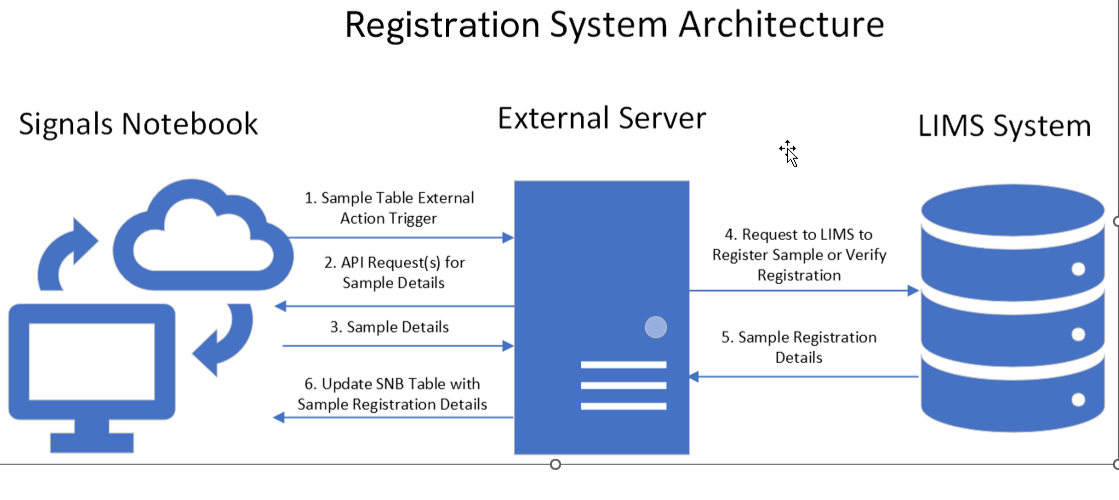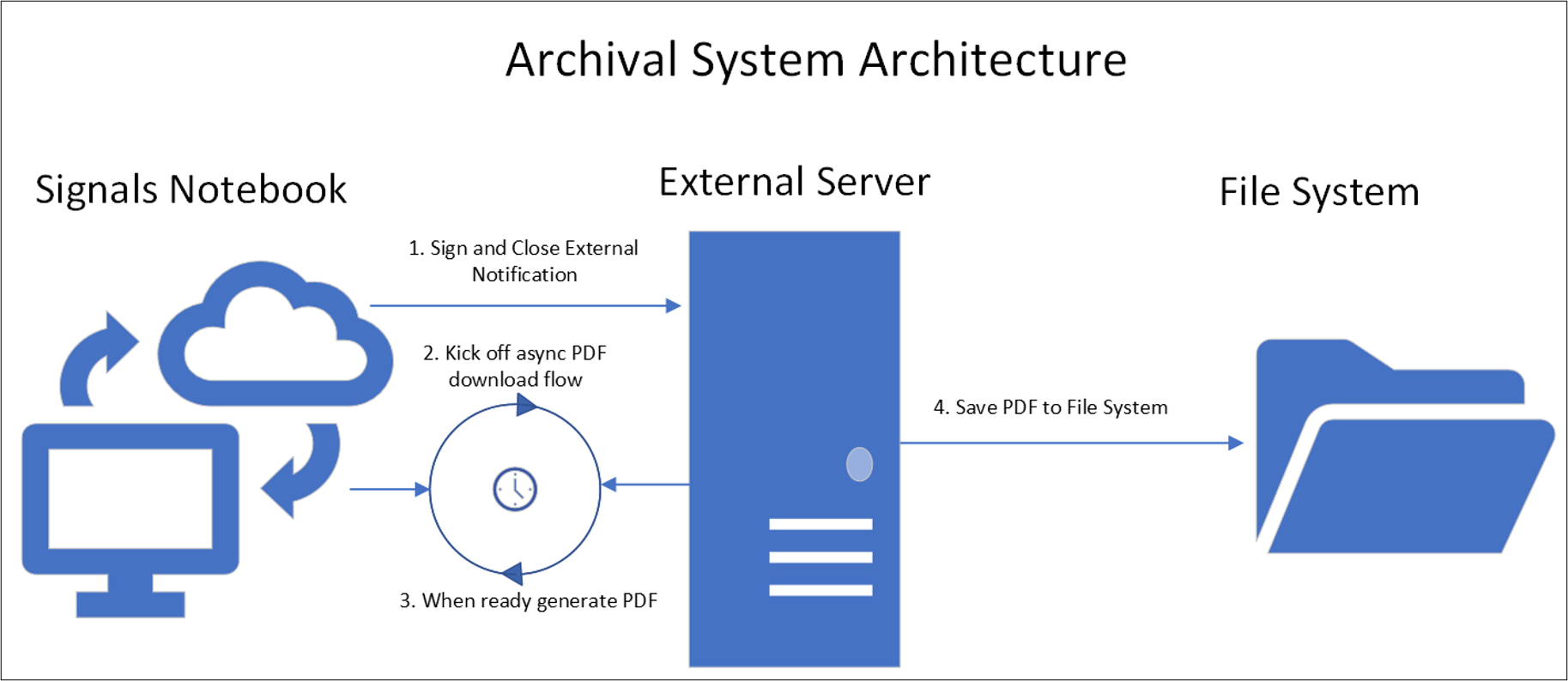Introduction
A recent Revvity Signals workshop, Streamlining Lab Workflows with Digital Integration Tools, presented the perfect opportunity to gain hands-on experience with some of the newest Signals Notebook features. Colin Fyffe, Product Manager for Integrations and Interfaces at Revvity Signals, showcased how these new capabilities can help labs to enhance compliance and streamline research processes.
Enhancing Compliance with External Lists
One of the most significant challenges in lab operations is ensuring that all experiments adhere to standardized protocols. Poor data quality, combined with inconsistent procedures, can increase the risk of non-compliance, reduce productivity, and compromise research outcomes.
Colin Fyffe demonstrated how the external lists feature in Signals Notebook helps resolve process challenges. For example, by connecting a project code list hosted by the customer, Signals Notebook enables real-time validation of the codes during experiment creation. The solution automatically refreshes the list, ensuring that it remains up to date and compliant with organizational policies. By connecting with validated project codes, researchers can ensure that experiments meet predefined standards and eliminate manual data entry errors, helping enhance research quality.
The external lists capability can connect to multiple resource types, such as approved reagents, standardized protocols, supplier inventories, sample types, and more. By linking to external databases, labs can ensure that templates always reflect the most current information, improving both efficiency and accuracy. Additionally, automatic synchronization minimizes the risk of using outdated data, supporting better decision-making and compliance.

Optimizing Lab Processes with External Actions
List synchronization isn’t the only challenge that lab teams face. Manual data management and inconsistent processes can be prime sources of process inefficiency. From sample registration to validation steps, relying on human input can lead to errors, delays, and missed opportunities to streamline operations.
In the workshop, Fyffe demonstrated a compelling example of the external-actions functionality in Signals Notebook. Using the external-action to connect to a Laboratory Information Management System (LIMS) enables streamlined sample registration by automatically verifying compliance and flagging discrepancies. When sample data changes, the system ensures re-registration, aligning the data with the LIMS and maintaining integrity across platforms. The external actions feature helps minimize errors and reduce the manual workload for lab personnel.
Moreover, external actions can support complex workflows. For instance, researchers can create external actions to automatically validate experiment parameters, such as temperature ranges or reagent volumes, before proceeding to the next step. Real-time validation ensures that experiments are conducted under optimal conditions, reducing the likelihood of errors and improving reproducibility.
The flexibility of the external-actions capability also extends to the automation of routine tasks, such as validating chemical properties and updating material stock levels. By linking Signals Notebook to customers’ servers and tooling, researchers can allocate more time to experimental design and analysis, significantly enhancing productivity.
Streamlining Documentation with External Notifications
Naturally, research generates very large volumes of data and associated experiment records. Archiving often involves time-intensive manual steps, which may be seen as administration that gets in the way of scientific discovery.
Using Signals Notebook’s external notifications functionality, closing an experiment can trigger automated archiving, configured to store process documents and data with the associated audit trail in a secure vault. Removing this manual workload enables researchers to focus on science even as Signals Notebook helps improve data compliance and enable future access to existing experimental data.
Fyffe also demonstrated how notifications can help monitor and manage workflows for collaboration, communication, and more. For example, using Signals Notebook, users can configure notifications to alert team members when new data becomes available or when a task requires their attention. Automated notifications help labs reduce communication delays and keep projects on track, particularly for teams spread across multiple locations.

Flexible Integration with Signals Notebook APIs
Of course, many research organizations rely on different best-of-breed systems for process areas such as finance, logistics, business planning, and more. Fyffe highlighted the challenges around data exchange between platforms, often relying on human transcription or manual transfer such as spreadsheets.
Signals Notebook provides a comprehensive set of APIs that enables reliable, standards-based access – including the ability to update – Signals data. With powerful API capabilities, customers can unlock the full potential of Signals - seamlessly integrating, retrieving, and updating data to support their unique workflows.
In addition, using industry-standard APIs facilitates secure data sharing. For example, labs can deploy techniques such as token-based authentication and custom access policies to help ensure that only authorized users can reach sensitive data, and attribute data changes to the appropriate user, including changes triggered by customers’ tools and integrations. Improved user management and security helps support compliance, safeguard intellectual property, and build trust in digital collaboration.
Conclusion: Driving Innovation with Automation and Data Integration
The presentation underscored how Signals Notebook can play an indispensable role in advancing discoveries and meeting the challenges of tomorrow’s scientific endeavors. Signals Notebook exemplifies how modern automation and integration capabilities can transform lab productivity and innovation. By incorporating external lists, actions, and notifications, underpinned by robust APIs, labs can streamline repetitive tasks, enhance compliance, and enable seamless collaboration, empowering researchers to focus on groundbreaking discoveries rather than administrative hurdles.
View more case studies at Revvity Signals.

End-to-end workflow support across scientific disciplines.

The Standard for Chemical Drawing.

End-to-end Clinical Data Science Platform.
